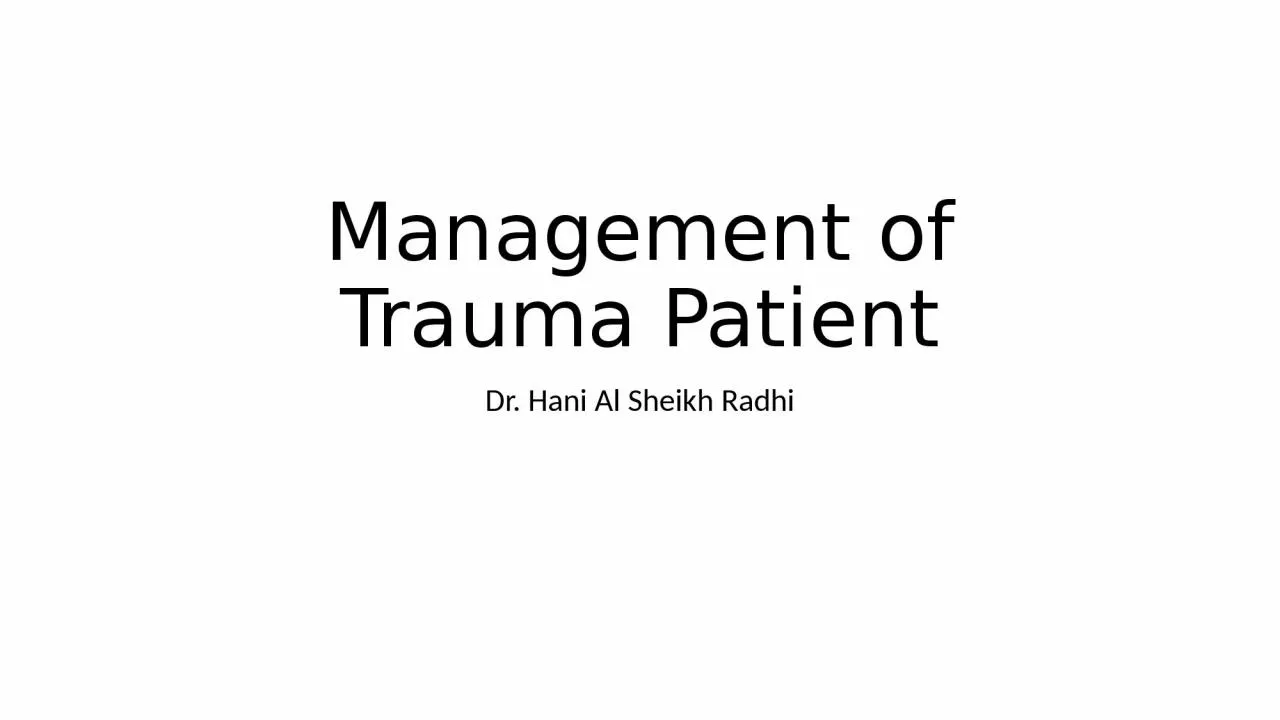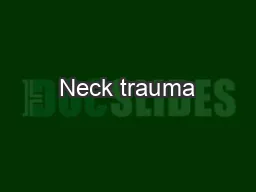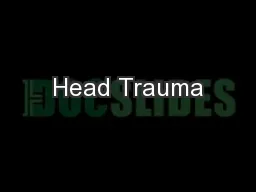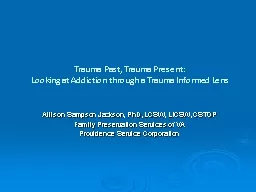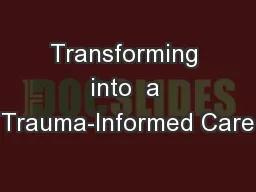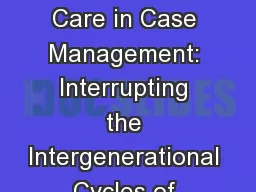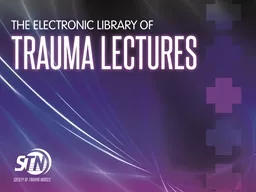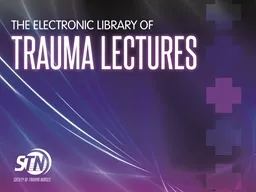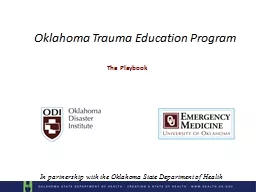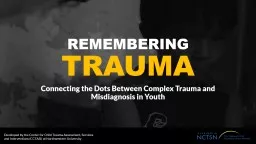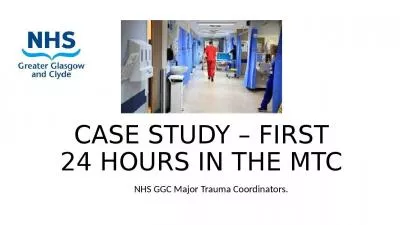PPT-Management of Trauma Patient
Author : cappi | Published Date : 2024-01-29
Dr Hani Al Sheikh Radhi Triage is the process of determining the priority of patients treatments based on the severity of their condition Trauma Severity Score Injury
Presentation Embed Code
Download Presentation
Download Presentation The PPT/PDF document "Management of Trauma Patient" is the property of its rightful owner. Permission is granted to download and print the materials on this website for personal, non-commercial use only, and to display it on your personal computer provided you do not modify the materials and that you retain all copyright notices contained in the materials. By downloading content from our website, you accept the terms of this agreement.
Management of Trauma Patient: Transcript
Download Rules Of Document
"Management of Trauma Patient"The content belongs to its owner. You may download and print it for personal use, without modification, and keep all copyright notices. By downloading, you agree to these terms.
Related Documents

